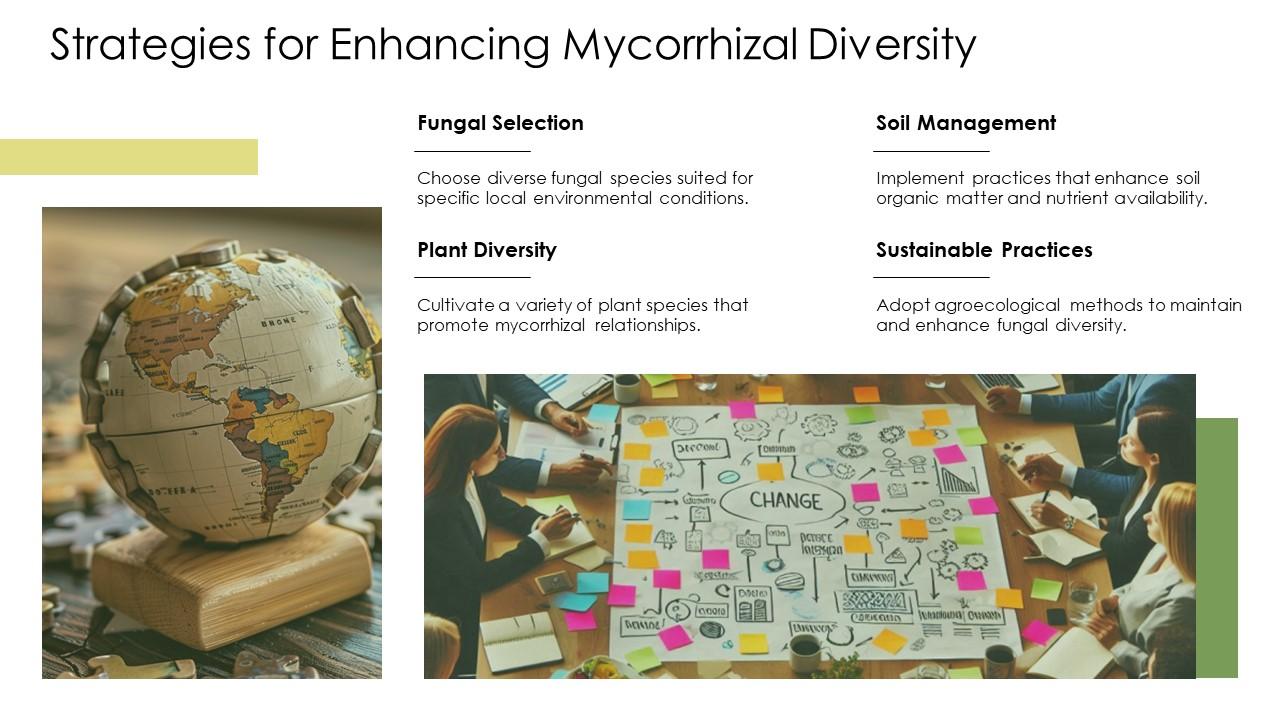The Spread Of Invasive Fungi: A Climate Change Consequence

Table of Contents
The Impact of Climate Change on Fungal Growth and Distribution
Increased Temperatures and Humidity
Warmer temperatures and increased humidity create ideal breeding grounds for many fungal species. These conditions accelerate fungal growth, reproduction, and spore dispersal, leading to more frequent and severe outbreaks. For example, Phytophthora, a genus of water molds responsible for devastating plant diseases like late blight of potatoes, thrives in warmer, wetter conditions. Similarly, Cryphonectria parasitica, the causal agent of chestnut blight, experiences increased virulence with higher temperatures.
-
Examples of fungi benefiting from warmer temperatures:
- Phytophthora infestans (potato late blight) – its range is expanding into higher altitudes and latitudes.
- Cryphonectria parasitica (chestnut blight) – more rapid spread and increased disease severity in warmer climates.
- Fusarium species – increased incidence of Fusarium wilt in various crops due to higher temperatures.
-
Altered precipitation patterns and their effects on fungal spread: Changes in rainfall patterns, including increased frequency of intense rainfall events and prolonged periods of drought followed by heavy rain, create conditions that favor fungal growth and spore dispersal. These fluctuating conditions can stress plants, making them more susceptible to fungal infections.
Changes in Vector Distribution
Climate change significantly impacts the distribution and activity of vectors that spread fungal spores, accelerating the spread of invasive fungi. Insects, wind, and even water currents play crucial roles in fungal dispersal.
-
Examples of insect vectors and how their range expansion facilitates fungal spread: Bark beetles, for example, can carry fungal spores over long distances, infecting vast areas of forests. As their ranges expand due to warmer temperatures, they spread associated fungal pathogens more widely.
-
The role of wind patterns in long-distance dispersal of fungal spores: Changes in wind patterns, including increased storm intensity, can facilitate the long-distance dispersal of fungal spores, leading to the introduction of invasive fungi into new regions.
Ecological and Economic Consequences of Invasive Fungi
Threats to Biodiversity
Invasive fungi pose a significant threat to biodiversity, decimating native plant and animal populations. The consequences are devastating and far-reaching.
-
Specific examples of invasive fungi decimating native plant populations:
- Chestnut blight: Virtually eliminated the American chestnut tree from its native range.
- Dutch elm disease: Caused widespread mortality of elm trees in North America and Europe.
- Sudden oak death: Infects various oak species, causing significant mortality and ecosystem disruption.
-
Impacts on animal populations through loss of habitat and food sources: The loss of plant species due to fungal infections can disrupt entire ecosystems, impacting the animals that depend on these plants for food and habitat. This loss of biodiversity has cascading effects throughout the food web.
Economic Impacts of Fungal Infections
Fungal diseases cause substantial economic losses in agriculture, forestry, and human health. The costs are substantial and far-reaching.
-
Financial losses due to crop failures and reduced timber yields: Fungal infections can lead to significant crop failures, impacting food security and farmers' livelihoods. Similarly, fungal diseases in forests can reduce timber yields, affecting the forestry industry.
-
Healthcare costs associated with treating fungal infections in humans and animals: Fungal infections can cause a range of diseases in humans and animals, resulting in significant healthcare costs associated with diagnosis, treatment, and management.
Strategies for Mitigating the Spread of Invasive Fungi
Early Detection and Rapid Response
Early detection and rapid response systems are crucial for managing invasive fungal outbreaks and limiting their spread. Prevention is key.
-
Discuss surveillance techniques and rapid response protocols: This includes monitoring at-risk areas, implementing quarantine measures, and developing rapid response plans to contain outbreaks.
-
The role of citizen science in early detection: Citizen scientists can play a vital role in early detection by reporting suspected outbreaks and participating in monitoring programs.
Biocontrol and Integrated Pest Management
Biocontrol agents and integrated pest management (IPM) strategies offer effective approaches to combating invasive fungi.
-
Examples of successful biocontrol agents used against specific invasive fungi: For example, hypovirulent strains of Cryphonectria parasitica have been used successfully to control chestnut blight.
-
Discussion of the principles of integrated pest management: IPM emphasizes a holistic approach, combining various methods to minimize the use of chemical controls while maximizing effectiveness.
Climate Change Mitigation
Addressing climate change is paramount in reducing the spread of invasive fungi.
-
Explain the link between reducing greenhouse gas emissions and slowing the spread of invasive fungi: Reducing greenhouse gas emissions will slow the rate of climate change, lessening the conditions that favor fungal growth and spread.
-
Advocate for policies aimed at mitigating climate change: Supporting policies that promote sustainable practices and reduce carbon emissions is crucial for mitigating the spread of invasive fungi.
Conclusion
The spread of invasive fungi, fueled by climate change, poses a significant and growing threat to biodiversity, economies, and human health. The ecological and economic consequences are far-reaching and demand urgent action. To combat the spread of invasive fungi, we need a multifaceted approach combining early detection and rapid response systems, the implementation of biocontrol and integrated pest management strategies, and, crucially, aggressive action to mitigate climate change. We must support research efforts, advocate for effective policies, and foster global cooperation to prevent the spread of invasive fungal pathogens and protect our planet's ecosystems. Combating the spread of invasive fungi is not just an ecological imperative; it's a global challenge requiring immediate and sustained attention.

Featured Posts
-
 Princess Road Accident Emergency Services Respond To Pedestrian Hit By Vehicle
May 25, 2025
Princess Road Accident Emergency Services Respond To Pedestrian Hit By Vehicle
May 25, 2025 -
 George Russells Leadership Bringing Calm And Confidence To Mercedes
May 25, 2025
George Russells Leadership Bringing Calm And Confidence To Mercedes
May 25, 2025 -
 Amsterdam Stock Market Plunges 7 Drop Amidst Trade War Fears
May 25, 2025
Amsterdam Stock Market Plunges 7 Drop Amidst Trade War Fears
May 25, 2025 -
 Warning M62 Westbound Closure For Resurfacing Manchester To Warrington
May 25, 2025
Warning M62 Westbound Closure For Resurfacing Manchester To Warrington
May 25, 2025 -
 Analisis Saham Mtel And Mbma Setelah Termasuk Dalam Msci Small Cap Index
May 25, 2025
Analisis Saham Mtel And Mbma Setelah Termasuk Dalam Msci Small Cap Index
May 25, 2025
Latest Posts
-
 300 Podiumov Mercedes Vklad Rassela I Rekord Khemiltona
May 25, 2025
300 Podiumov Mercedes Vklad Rassela I Rekord Khemiltona
May 25, 2025 -
 Rassel I Khemilton 300 Y Podium Mercedes
May 25, 2025
Rassel I Khemilton 300 Y Podium Mercedes
May 25, 2025 -
 Maryland Mourns The Loss Of Legal Luminary George L Russell Jr
May 25, 2025
Maryland Mourns The Loss Of Legal Luminary George L Russell Jr
May 25, 2025 -
 Claire Williams And George Russell A Complex Relationship In Formula 1
May 25, 2025
Claire Williams And George Russell A Complex Relationship In Formula 1
May 25, 2025 -
 Did Claire Williams Wrong George Russell A Critical Examination
May 25, 2025
Did Claire Williams Wrong George Russell A Critical Examination
May 25, 2025
